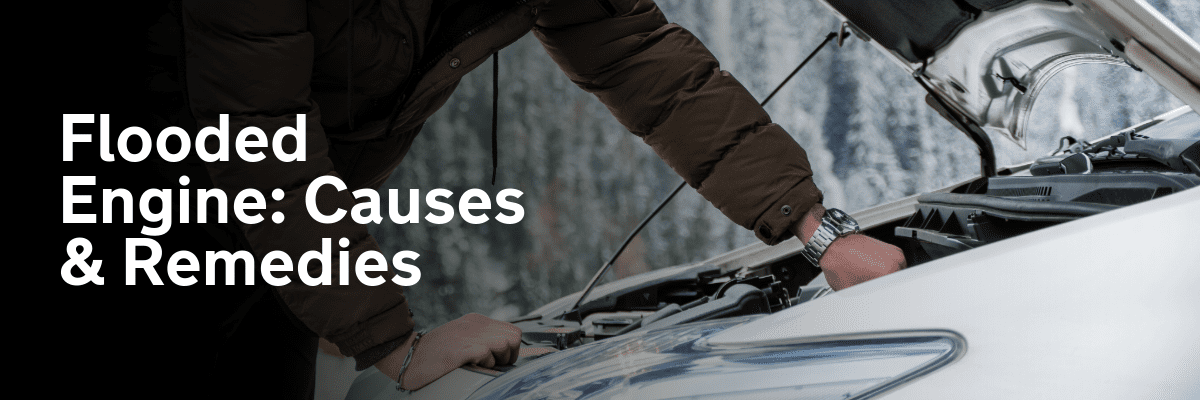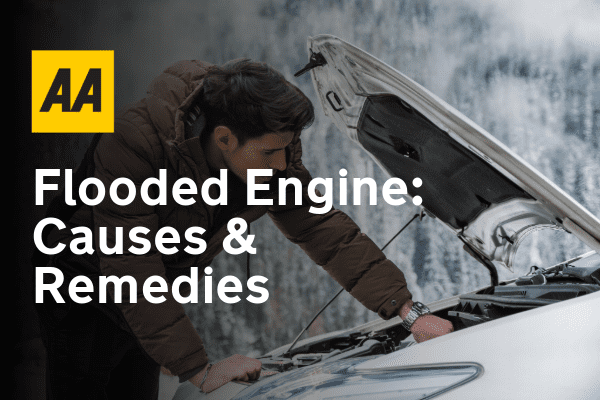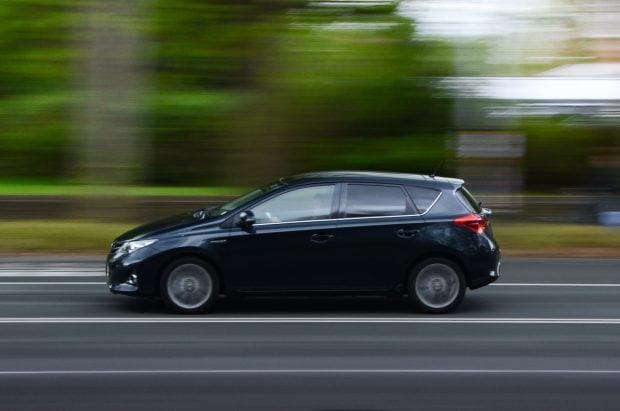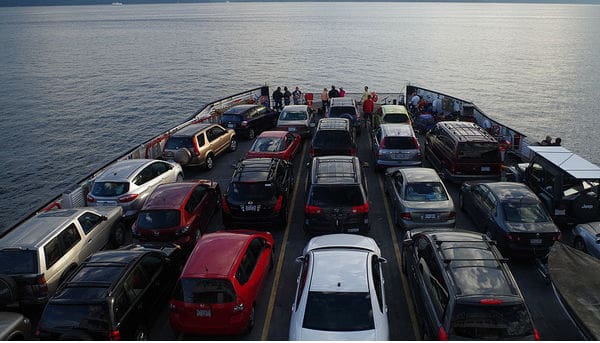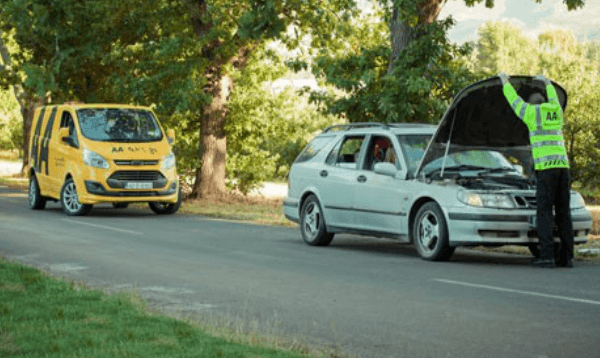As we all start to feel a shift in the weather, it is common to think about how to take care of our cars. While most actions are aesthetic or made to improve our journeys, we don’t tend to find ourselves looking under the bonnet, save for topping up screen wash.
That can all change though, if you wake up one morning to get going and find your car won’t start properly. This can be due to a flooded engine, which is more common than you think.
With it being something you’re not expected to know, let’s look at what exactly a flooded engine is, why it happens, and how to get help.
What is a flooded engine?
Flooded engines occur when too much fuel gets into the engine. It has nothing to do with water, although water flooding is a separate issue for cars. Engine flooding occurs in petrol cars, as diesel engines are built differently.
Why would a car engine flood?
This blog article is being written in the middle of autumn, the ideal time you might start to experience flooding. Colder weather can make it harder for the ignition to start on a car. You might experience it once, and then the car gets to work. That’s normal as you are trying to get the ignition to go from cold.
Think of it like you’ve put a pot of water on a kitchen stove, turned the gas on at full heat, and added more water to the pot, causing the flame to go out with water in the wrong place.
What is a common sign my engine is flooding?
If there is any regularity with your car not starting after being idle in cold weather, or you start noticing that the car takes longer to get going, it can be from flooding.
A similar reason, which again can be common at this time of year, stems from cars going short distances. For example, if you were to move your car from the driveway to the street first thing in the morning, leave it a while and then try to drive off, you could get in the car again and find the engine has flooded. In older cars, you can notice it right away if there is a cranking noise when you try to turn the car on.
Can I fix a flooded engine?
Yes, but you really need to take care doing so. To get the engine working, you essentially need to force the petrol through. That involves starting the car and keeping the ignition going for a short burst or 10-15 seconds. You want to hear the engine attempting to get going.
You might need to give it two or three goes before your engine starts behaving normally. Give it a few short revs and things should be good.
If your engine doesn’t respond to this or show signs of starting properly, don’t force it, as you don’t want to cause damage.
Car still won’t start after trying your best? Talk to us.
With AA Membership, 8 out of 10 cars on the Irish roadside are fixed and sent on their way. By joining The AA, you don’t need to be in the minority who are stuck without a notion of how to get help. Our breakdown team provides 24/7 assistance for drivers across the country.





